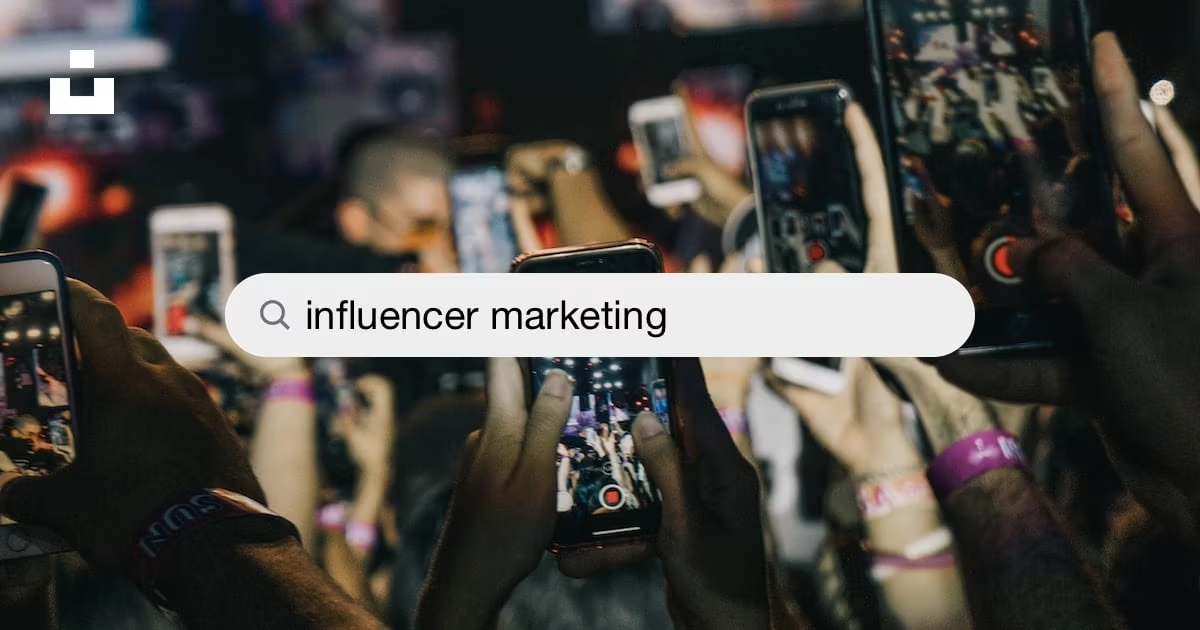
Influencer Marketing Plans : 5 Key Takeaways
Influencer marketing plans have become a dominant force in the digital marketing landscape, enabling brands to reach their target audiences in a more authentic and engaging way. By partnering with influencers, brands can leverage the influencer’s credibility and rapport with their followers to promote products, services, and brand messages effectively. However, launching successful influencer marketing plans requires careful planning and execution. In this blog, we will explore five key considerations that brands should keep in mind when planning and implementing influencer marketing plans to maximise their impact and achieve their marketing goals.
Key Moves in Influencer Marketing Plans
Influencer marketing plans#1 Objectives and Target Audience
The first step in any successful marketing campaign is to establish clear and measurable objectives. What do you want to achieve with your influencer marketing campaign? Are you aiming to increase brand awareness, drive website traffic, generate leads, or boost sales? Clearly defining your campaign objectives will guide your influencer selection, content creation, and performance evaluation.
Understanding your target audience is equally crucial. Influencers often have specific niches and follower demographics. To ensure that your campaign resonates with the right audience, research and identify influencers whose followers align with your target demographic. For example, if you are a fitness apparel brand, collaborating with fitness influencers whose followers are health-conscious and fitness enthusiasts will likely yield better results than partnering with beauty influencers.
Influencer marketing plans#2 Choosing the Right Influencers
Selecting the right influencers is a critical aspect of a successful influencer marketing campaign. Your chosen influencers should be authentic, credible, and have a genuine connection with their audience. Here are some factors to consider when choosing influencers:
- Relevance: Ensure that the influencer’s content and niche align with your brand and campaign objectives. Their expertise and interests should match your product or service offerings.
- Engagement: Evaluate the influencer’s engagement metrics, such as likes, comments, and shares. High engagement indicates an active and attentive audience.
- Audience Demographics: Analyse the demographics of the influencer’s followers. Are they within your target age group, location, and interests? The closer the match, the more effective the campaign will be in reaching your ideal customers.
- Credibility and Reputation: Look for influencers with a positive reputation and credibility in their respective fields. Authenticity is key to gaining the trust of their followers and, consequently, your brand.
- Previous Brand Collaborations: Research the influencer’s past collaborations to see if they have worked with brands similar to yours. This will provide insights into how they promote products and whether they have any conflicts with competitors.
Consider both micro-influencers (influencers with a smaller but highly engaged audience) and macro-influencers (influencers with a larger following). Micro-influencers often have a more dedicated and niche audience, while macro-influencers can reach a broader audience and create a greater impact.
Influencer marketing plans#3 Authenticity and Brand Alignment
Influencer marketing’s effectiveness lies in its authenticity. So, when an influencer genuinely believes in and uses a product or service, their endorsement feels natural and trustworthy to their audience. Therefore, as a brand, it’s essential to maintain authenticity in your influencer marketing campaigns.
So, collaborate with influencers who have a genuine interest in your brand and its offerings. Additionally, allow them creative freedom to showcase your product or service in a way that fits their style and resonates with their followers. While it’s essential to communicate your brand message, avoid overly scripted endorsements that may come across as insincere.
Also, ensure that the influencer’s values align with your brand’s values and image. A significant brand-influencer mismatch can lead to a lack of authenticity, potentially damaging both the influencer’s reputation and your brand’s reputation.
Influencer marketing plans#4 Compelling Campaign Content
Collaborating with influencers to create compelling and engaging content is the cornerstone of an effective influencer marketing campaign. Also, unlike traditional advertisements, influencer content is more organic and integrated into the influencer’s existing content.
Work closely with influencers to develop content that seamlessly integrates your brand or product into their storytelling. Also, this approach allows the audience to perceive the endorsement as a genuine recommendation rather than an overt advertisement.
Depending on the platform and the influencer’s style, content formats may include:
Instagram Posts: High-quality images featuring the product or service, accompanied by a thoughtful caption.
Instagram Stories: Short-lived, authentic videos showcasing the product’s use or behind-the-scenes content.
YouTube Videos: In-depth reviews, tutorials, or vlogs featuring the brand’s offerings. d. Blog Posts: Detailed and informative articles about the brand’s products or services.
Remember that influencer marketing is not solely about promoting your product. It’s about storytelling and creating meaningful connections with the audience. Encourage influencers to share personal experiences, highlight benefits, and address pain points that resonate with their followers.
#5 Measuring Campaign Performance
To evaluate the success of your influencer marketing campaign, it’s essential to track and measure key performance indicators (KPIs). Effective monitoring allows you to make data-driven decisions and optimize your campaign for better results.
Some crucial KPIs to monitor include:
Reach: Number of unique users who saw the influencer’s content.
Engagement: The total number of likes, comments, and shares on the influencer’s posts.
Click-Through Rate (CTR): The percentage of users who clicked on the call-to-action (CTA) link or button in the influencer’s content.
Conversions: The number of users who completed the desired action, such as making a purchase or signing up for a newsletter.
Return on Investment (ROI): The ratio of the campaign’s earnings to its cost, determining its profitability.
Utilise tracking tools and platforms to monitor your campaign’s performance accurately. Platforms like Google Analytics can help you track website traffic generated through influencer campaigns, while affiliate marketing tools can track conversions and attributions.
Analyse the data regularly to gather insights into what works and what needs improvement. Use the information to optimize future influencer campaigns and refine your influencer selection and content strategies.
Conclusion
Launching successful influencer marketing plans requires a well-thought-out strategy and a keen understanding of your target audience and brand values. By defining clear objectives, choosing the right influencers, maintaining authenticity, creating compelling content, and monitoring campaign performance, brands can harness the power of influencer marketing. Thus, reach a broader audience and build strong connections with potential customers. So, remember that successful influencer marketing is about fostering genuine relationships and resonating with the audience on a deeper level. Thus, ultimately driving brand loyalty and growth. With these key considerations in mind, your influencer marketing campaigns are sure to make a significant impact in the digital marketing landscape.
